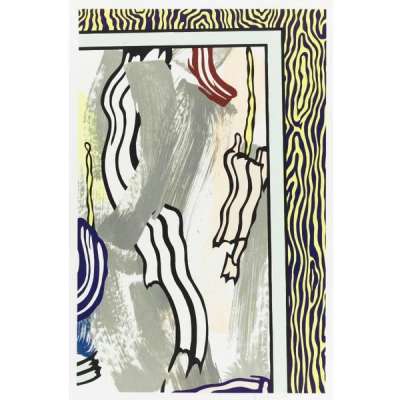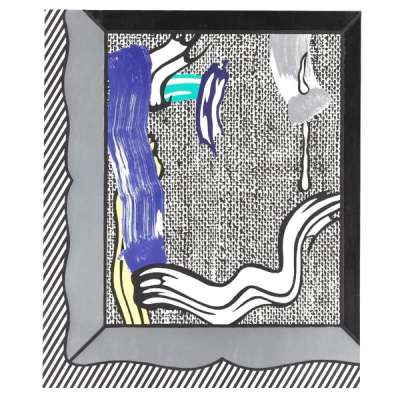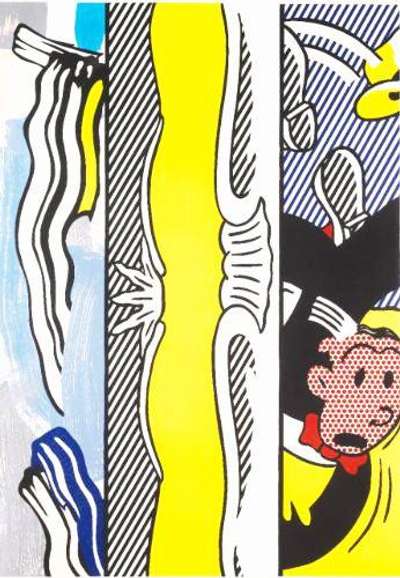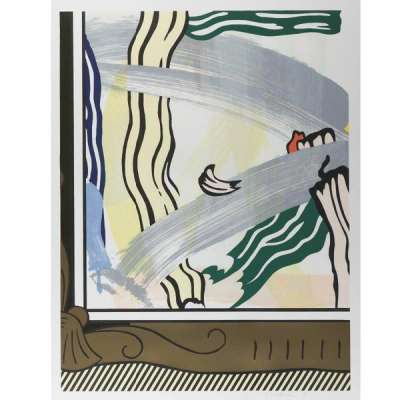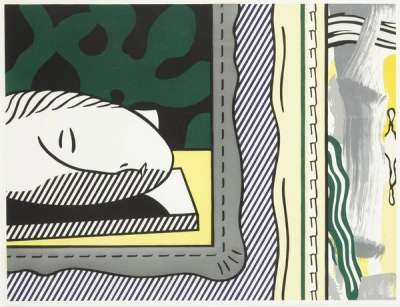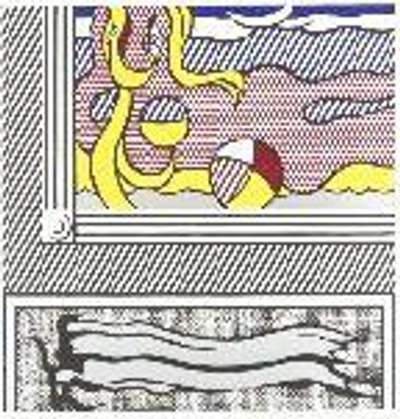
Two Paintings: Green Lamp

Two Paintings: Green Lamp
Signed Print
Roy Lichtenstein
£27,000-£40,000
$50,000-$80,000 Value Indicator
$50,000-$70,000 Value Indicator
¥250,000-¥370,000 Value Indicator
€35,000-€50,000 Value Indicator
$270,000-$390,000 Value Indicator
¥5,090,000-¥7,540,000 Value Indicator
$35,000-$50,000 Value Indicator
AAGR (5 years) This estimate blends recent public auction records with our own private sale data and network demand.
There aren't enough data points on this work for a comprehensive result. Please speak to a specialist by making an enquiry.
Medium: Planographic print
Edition size: 60
Year: 1984
Size: H 97cm x W 135cm
Signed: Yes
Format: Signed Print
TradingFloor
Track this artwork in realtime
Watch artwork, manage valuations, track your portfolio and return against your collection
Track auction value trend
Auction Results
| Auction Date | Auction House | Location | Hammer Price | Return to Seller | Buyer Paid |
|---|---|---|---|---|---|
| January 2024 | SBI Art Auction | Japan | |||
| September 2019 | Clars Auction Gallery | United States | |||
| June 2017 | Phillips London | United Kingdom | |||
| April 2005 | Bonhams San Francisco | United States |
Meaning & Analysis
Roy Lichtenstein completed his eight-part multimedia sequence entitled Paintings in 1984. The elaborate prints in this series not only prove his outstanding talent as a print maker, but also demonstrate his innovative conceptual range. Lichtenstein’s Paintings exhibit fictitious picture frames as their central motif.
Similar to Two Paintings: Beach Ballof the same series, Two Paintings: Green Lamp captures two adjacent paintings mounted on a striped wall. The composition on the right is contained in a minimalistic silver frame. It is a brilliant modernist still life depiction, recalling Lichtenstein’s Six Still Lifesof the early 1970s. On the left hangs a baroque style silver frame, with a bright yellow passepartout. The portrait within exhibits emotive black sweeps, superimposed on blue cartoon brushstrokes. Lichtenstein’s concurrent Seven Apple Woodcuts and later Brushstroke Faces pursue comparable imitations of abstract expressionist brushwork.
Two Paintings: Green Lamp compounds primary and pastel pigments in order to invoke a sense of spatial ambiguity. Vague dimensions are further enforced through the contrastive hand-painted and machine-made patterns and the partial cropping of the frames. Lichtenstein displays his schematic comic book forms and spontaneous brushstrokes as equals. In doing so, he achieves an added layer of self-parody. The artist emphasises the object quality of the print, allowing it to function as an image in itself, while also being the representation of other images.
